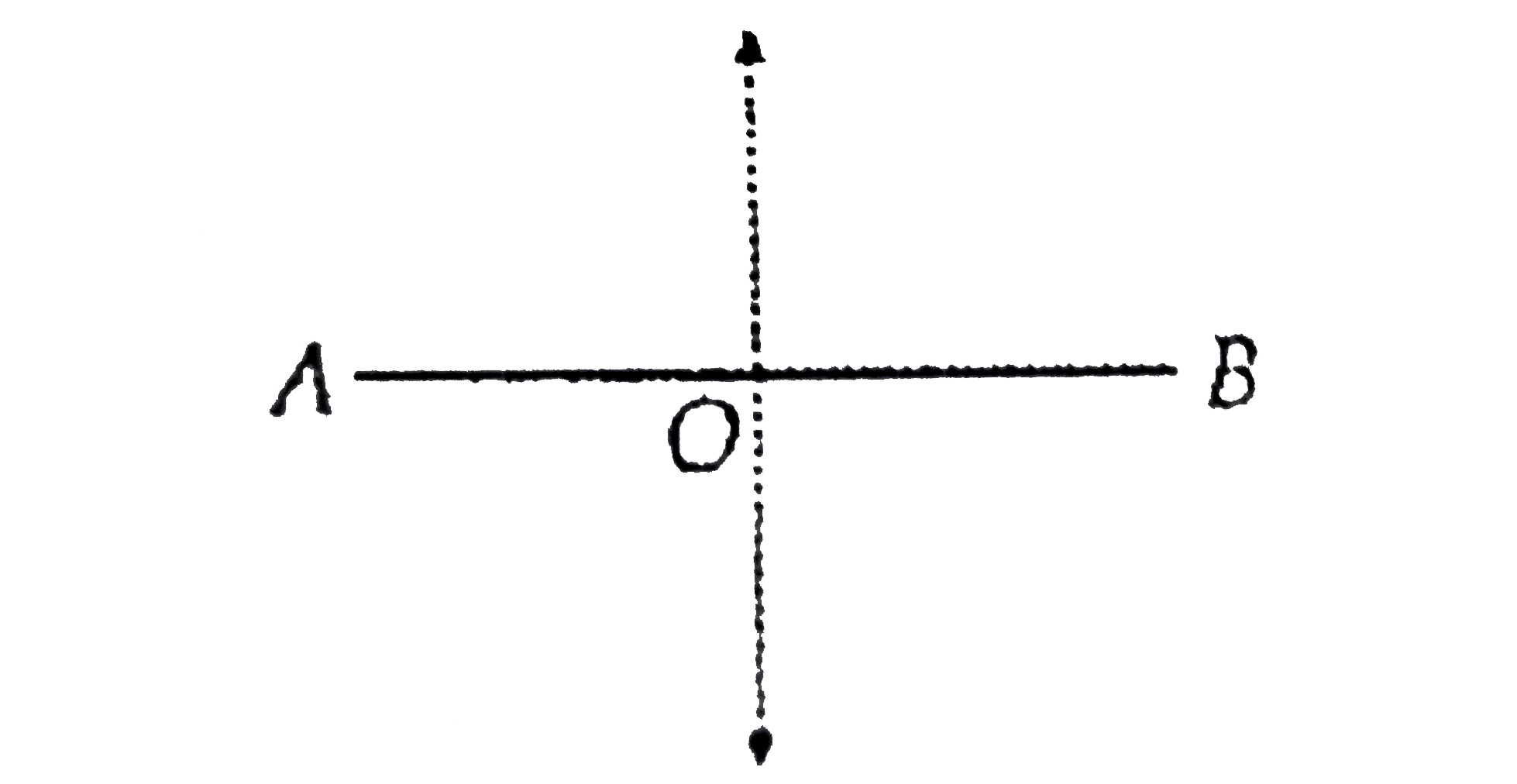A particle executing of a simple harmonic motion covers a distance equal to half its amplitude in on e second . Then the time period of the simple harmonic motion is
4 s
6 s
8 s
12 s
The correct Answer is:D
To solve the problem of finding the time period of a particle executing simple harmonic motion (SHM) that covers a distance equal to half its amplitude in one second, we can follow these steps:
1. Understand the SHM Equation:
The general equation for displacement in SHM is given by:
y=Asin(ωt)
where y is the displacement, A is the amplitude, ω is the angular frequency, and t is the time.
2. Identify Given Information:
The problem states that the particle covers a distance equal to half its amplitude in one second. Thus, we have:
y=A2andt=1 second
3. Set Up the Equation:
Substitute the known values into the SHM equation:
A2=Asin(ω⋅1)
Simplifying this gives:
12=sin(ω)
4. Find the Value of ω:
We know that sin(π6)=12. Therefore:
ω=π6 radians/second
5. Calculate the Time Period:
The time period T of SHM is related to the angular frequency by the formula:
T=2πω
Substituting the value of ω:
T=2ππ6=2⋅6=12 seconds
6. Conclusion:
The time period of the simple harmonic motion is:
T=12 seconds
Final Answer:
The time period of the simple harmonic motion is 12 seconds.
The general equation for displacement in SHM is given by:
y=Asin(ωt)
where y is the displacement, A is the amplitude, ω is the angular frequency, and t is the time.
The problem states that the particle covers a distance equal to half its amplitude in one second. Thus, we have:
y=A2andt=1 second
Substitute the known values into the SHM equation:
A2=Asin(ω⋅1)
Simplifying this gives:
12=sin(ω)
We know that sin(π6)=12. Therefore:
ω=π6 radians/second
The time period T of SHM is related to the angular frequency by the formula:
T=2πω
Substituting the value of ω:
T=2ππ6=2⋅6=12 seconds
The time period of the simple harmonic motion is:
T=12 seconds
The time period of the simple harmonic motion is 12 seconds.
Similar Questions
Knowledge Check
- Question 1 - Select One
While a particle executes linear simple harmonic motion
Aits linear velocity and acceleration pass through their maximum and minimum values once in each oscillation.BIts linear velocity and acceleration pass through their maximum and minimum values twice in each oscillation.Cits linear velocity and acceleration pass through their maximum and minimum values four times in each oscillation.Dits linear velocity and acceleration always attain their peak values simlataneaously. - Question 2 - Select One
In simple harmonic motion,the particle is
Aalways accelerationBalways retardedCalternately acceleration and retardedDneither acceleration nor retarded - Question 3 - Select One
A particle is executing simple harmonic motion .Its total energy is proportional to its -
Adisplacement from equilibrium positionBfrequency of oscillationCsquare of amplitude of motionDvelocity at equilibrium position
The magnitude of average accleration in half time period in a simple harmonic motion is
View SolutionThe phase of a particle executing simple harmonic motion is π2 when it has
View SolutionA particle executing simple harmonic motion along y -axis has its motion described by the equation y=Asin(ωt)+B. The amplitude of the simple harmonic motion is
View SolutionA particle is executing a simple harmonic motion. Its maximum acceleration is α and maximum velocity is β. Then, its time period of vibration will be
View SolutionA particle executes simple harmonic motion of period T and amplitude l along a rod AB of length 2l. The rod AB itself executes simple harmonic sotion of the same period and amplitude in a direction perpendicular to its length. Initially, both the particle and the rod are in their mean positions. The path traced out the particle will be
 View Solution
View Solution

